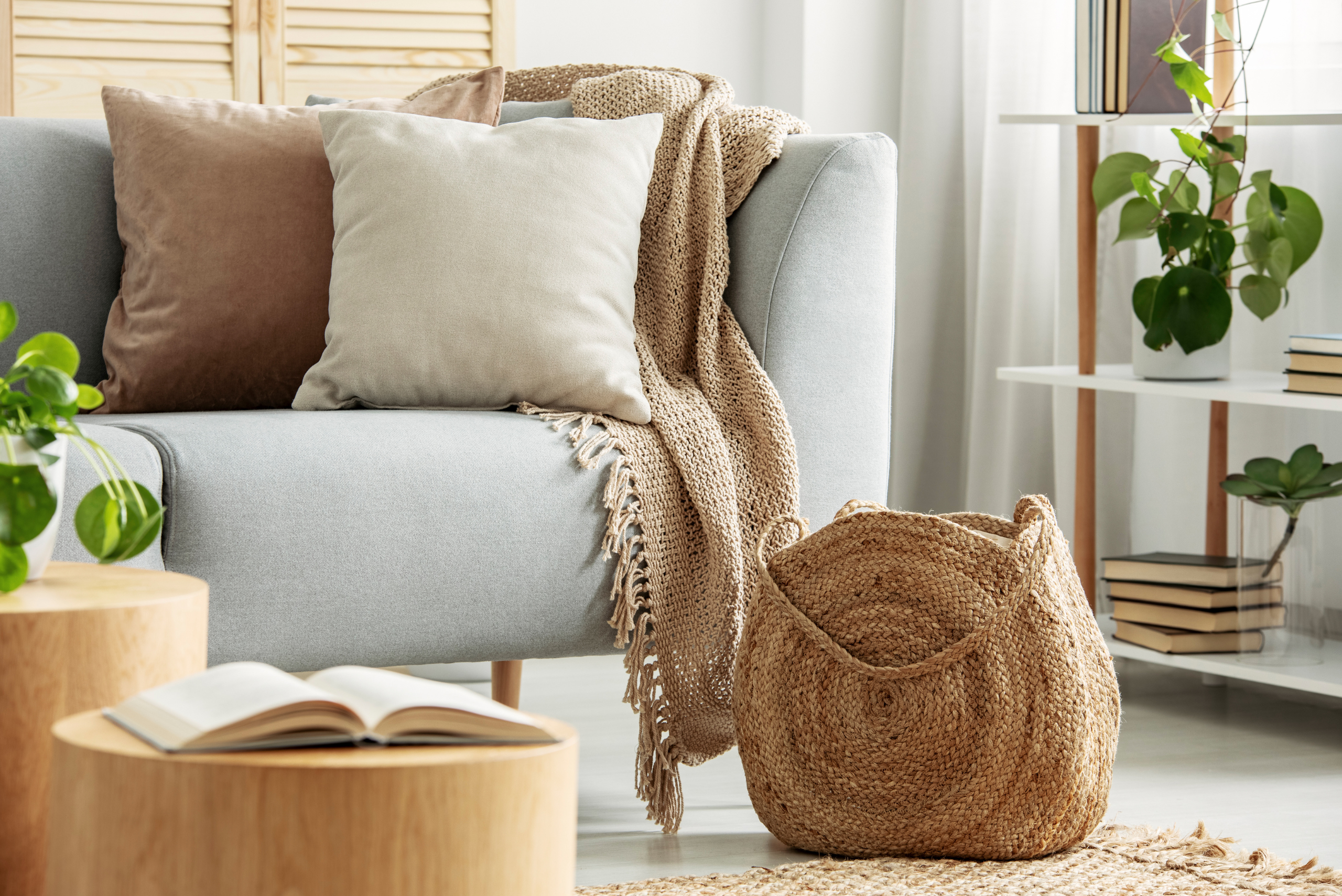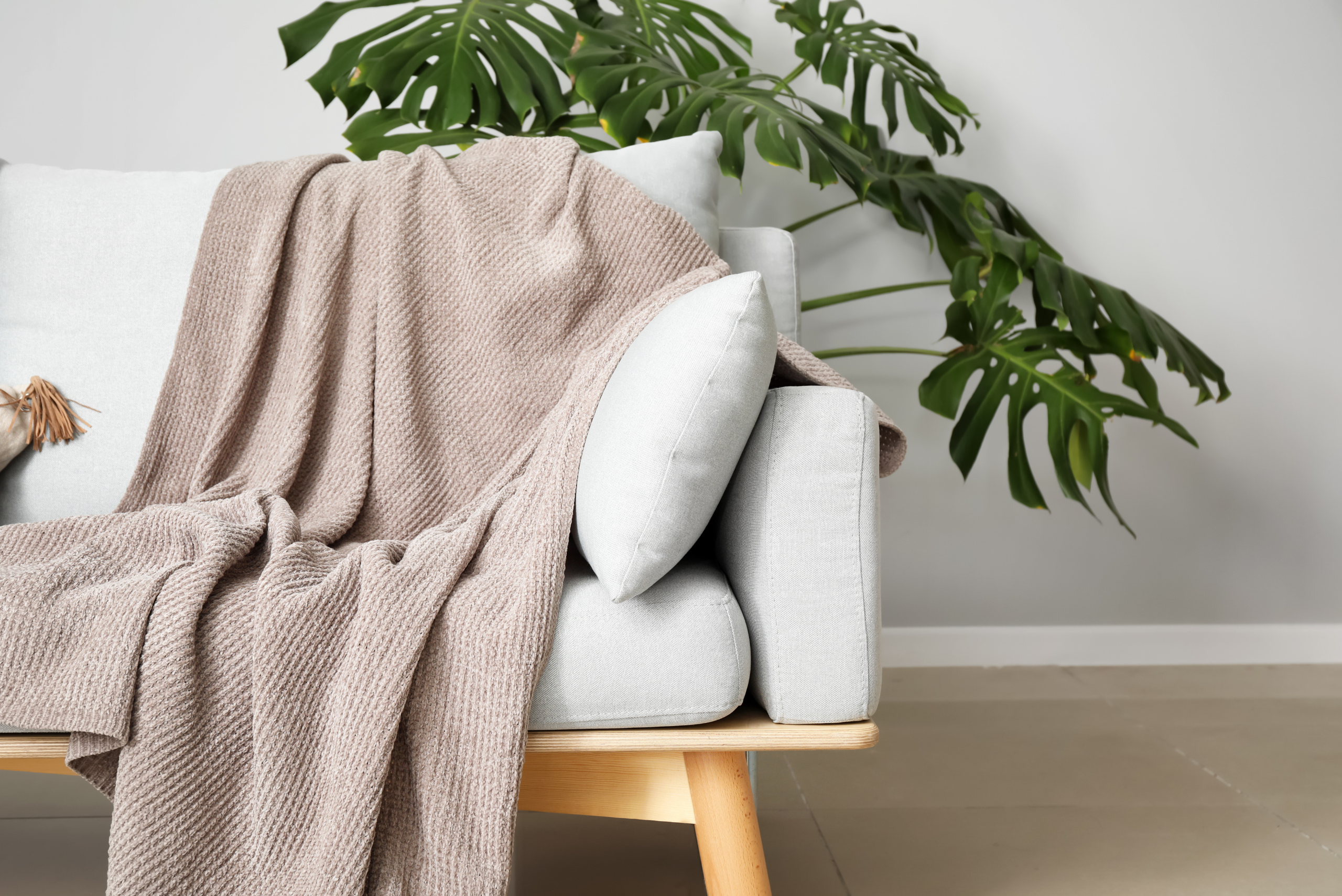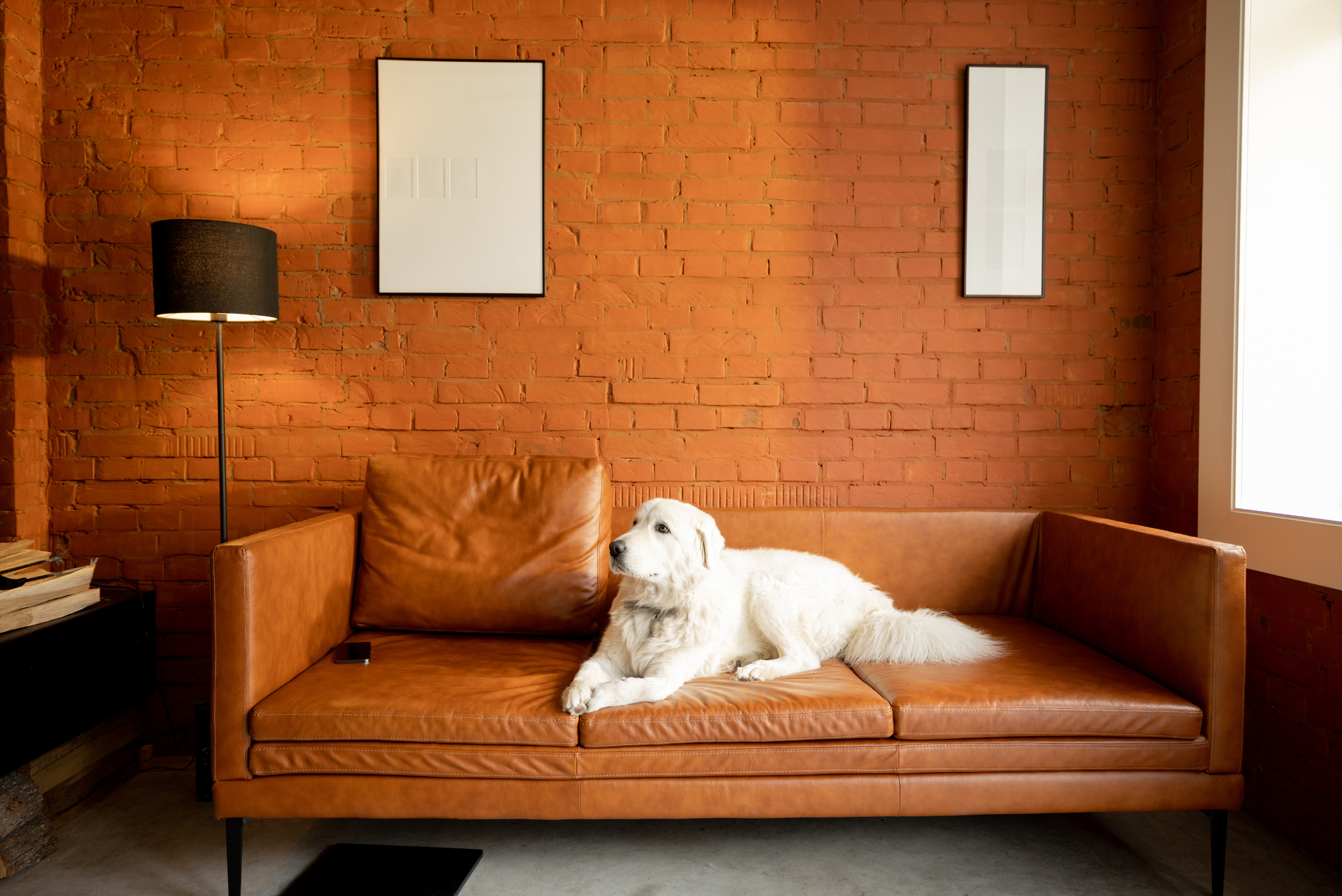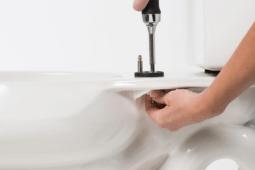3 Ways to Tell If a Couch Will Be Comfortable Over the Long Haul
A couch is more than just a piece of furniture, it’s where you relax after a long day, binge-watch your favorite shows, and maybe even take the occasional nap. But not all couches stay comfortable over time. What feels cozy in the store can turn into a lumpy, sagging disappointment after months of use. To make sure you’re investing in a couch that provides lasting comfort, it’s important to look beyond the surface. From cushion fill to frame construction to seat depth, here’s what really matters when choosing a couch that will keep you comfortable for years to come.
The Right Cushion Fill Makes All the Difference
At first glance, a couch might look plush and inviting, but what’s inside the cushions determines how comfortable it will be over time. The most common cushion fillings include high-density foam, down, and a blend of both.
High-density foam provides firm support and holds its shape well, making it a great option for those who prefer structured seating. Over time, lower-quality foam can flatten, leaving you with a lumpy, sagging seat.

Down-filled cushions, on the other hand, feel luxurious but require frequent fluffing to maintain their shape. A good compromise is a foam core wrapped in down or fiberfill, which combines support with softness. If you’re shopping in person, sit on the couch for at least five minutes to get a real feel for the cushions. If you sink too far in or feel pressure points forming, it may not hold up well with daily use.
For different couch styles, cushion construction varies significantly. A sleek, modern sofa with low-profile cushions might look stylish but could lack the support needed for long-term comfort. A deep-seated sectional with plush, overstuffed cushions is great for lounging but may not be ideal if you prefer firm back support. If you plan to use your couch for everything from movie nights to afternoon naps, opt for a balance of supportive foam and a soft outer layer that won’t require constant maintenance.

Frame and Suspension Affect Longevity
While cushions play a major role in comfort, the frame and suspension system beneath them determine how well the couch supports your body over time. A sturdy frame made from kiln-dried hardwood, such as oak or maple, ensures durability and prevents warping or creaking. Cheaper couches often use particleboard or plastic, which can break down quickly, leading to an uneven sitting experience. The joints also matter, so make to look for couches that use dowels, screws, or corner blocks instead of glue or staples.
Equally important is the suspension system, which provides the foundation for your seating comfort. The most durable option is an eight-way hand-tied spring system, commonly found in high-end sofas. Sinuous springs, which are tightly coiled S-shaped wires running across the frame, offer good support at a lower cost. Some budget couches use webbing instead of springs, which can sag faster and provide less even support. When testing a couch, press down on the cushions and listen for any creaks or shifts in the frame. A well-built couch should feel stable, without noticeable dips or wobbles.

Seat Depth and Back Height Matter More Than You Think
The way a couch fits your body can determine whether it remains comfortable in the long run. Seat depth plays a key role, especially if you enjoy lounging or have long legs. Standard seat depth ranges from 20 to 24 inches, with deeper couches offering more space to curl up. If the seat is too shallow, you may feel like you’re perching on the edge rather than sinking in comfortably. Too deep, and you might find yourself slouching, which can cause back discomfort over time. A mid-depth seat of around 22 inches is a safe choice for most people, offering a mix of support and relaxation.
Back height also affects comfort, particularly if you like to lean back while sitting. A low-back couch, such as a sleek mid-century modern design, looks stylish but may not provide enough support for extended sitting. High-back couches, like traditional roll-arm styles, offer more neck and shoulder support, making them a better choice for people who spend long hours on their sofa. If you prefer a compromise, look for a couch with loose back cushions that can be adjusted to provide extra height when needed. Testing how a couch supports your lower back and shoulders before committing to a purchase will help ensure it remains comfortable for years to come.

More Articles From Us
- Quiet Your Stairs for Good with These 6 Quick Fixes
- The Top Mistakes to Avoid When Choosing Hardwood Floors
- Keep Your House Dust-Free Longer with These Simple Tips
A couch might feel great for a few minutes in a showroom, but true comfort comes down to what’s inside, how it’s built, and how it fits your body. A high-quality cushion fill, a strong frame with proper support, and the right seat depth and back height can make all the difference. If you want a couch that stays comfortable for the long haul, don’t just go by looks and take the time to sit, stretch, and settle in before making your choice.









